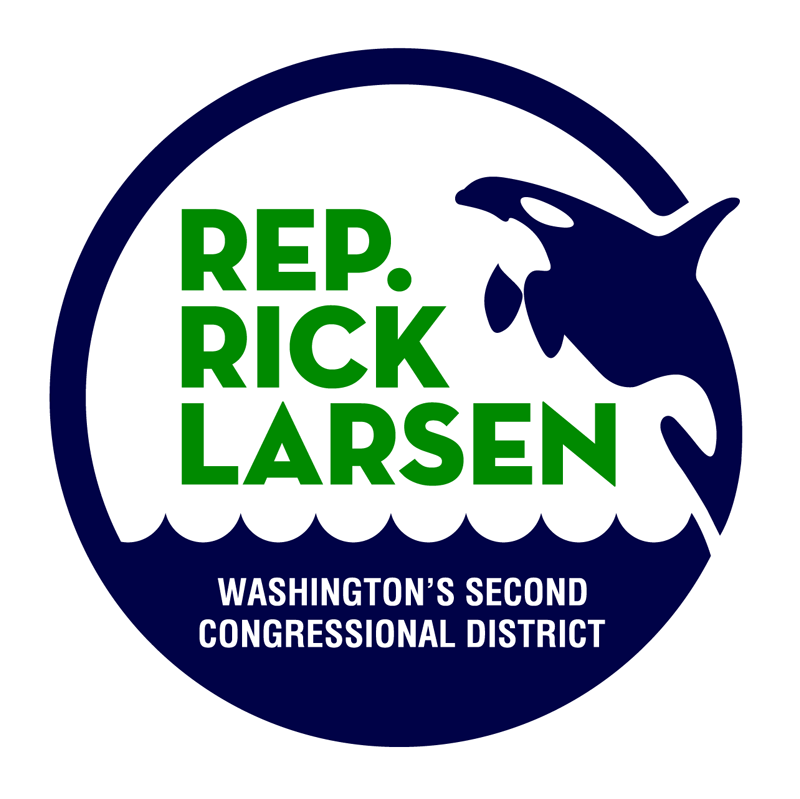Story
Federal action a great start on protecting Puget Sound habitat
Washington, DC,
December 27, 2016
Seattle Times: Federal Action a great start on protecting Puget Sound habitat By Seattle Times Editorial Board CONGRESS and President Obama gave the Puget Sound a remarkable holiday gift. They made a historic commitment to protect and restore Puget Sound by authorizing $451 million worth of habitat restoration, as part of the Water Infrastructure Improvements for the Nation Act. The president signed it Dec. 16. This tremendous milestone represents years of work by state and regional advocates who developed and prioritized projects supporting salmon restoration and biodiversity. “We’ve never seen a one-time commitment to Puget Sound restoration like this coming out of the federal government ever, so it’s pretty exciting,” said Jennifer Quan, Washington Department of Fish and Wildlife government affairs director. The state’s congressional delegation did its part, particularly Sen. Patty Murray and recently U.S. Rep. Rick Larsen, D-Everett, who found bipartisan support to move the Puget Sound work through the House Transportation and Infrastructure Committee. The legislation authorizes the state’s Puget Sound Nearshore Ecosystem Restoration Project, which was approved in September by the U.S. Army Corps of Engineers. Federal support initially focuses on restoring more than 2,100 acres in three areas: • The Duckabush River Estuary project, reconnecting Hood Canal with intertidal wetlands. The $90.5 million project involves relocating Highway 101 and building a 2,100-foot-long bridge across the estuarine delta. Restoring 38 acres of the delta would reconnect 20 river miles of nearly pristine upriver habitat and provide rearing habitat for Hood Canal summer chum. • Restoring 1,807 acres of Nooksack River Delta tidal freshwater wetlands and marshes that provide habitat for birds, waterfowl and five species of Pacific salmon. This $261.8 million project will accomplish 25 percent of the Puget Sound Action Agenda’s 2020 estuarine habitat recovery target. It involves removing dikes, constructing levees, relocating the community of Marietta out of the flood plain, relocating roads and building new bridges or culverts on the Nooksack and Lummi rivers. • Restoring 256 acres of estuarine marsh, shrub and forested flood plain in the North Fork Skagit River Delta. This $99.3 million project involves lowering an existing levee and shore armoring, excavating channels and constructing a new levee alignment. It will provide tidal connectivity and critical habitat to the Sound’s largest and most productive river; the site is part of the Puget Sound Chinook Salmon Recovery Plan. Much work remains to be done. Authorization is just the first step toward obtaining federal funding; now appropriations must be secured. State and local policymakers must also keep the ball rolling. Roughly a third of the funding has to come from state and local sources, although much of that share will be the value of public land involved in the restoration work. The biggest remaining challenge may be negotiating to acquire additional land that’s needed, including private farmland adjacent to the Skagit and Nooksack rivers. Negotiations must be fair and proceed with respect for the economic and cultural importance of agriculture. This important work takes patience. Remaining negotiations and actual construction may take 10 to 20 years to complete. But that should reverse degradation that’s occurred over 150 years of development in these special areas and support habitat for centuries to come. |
